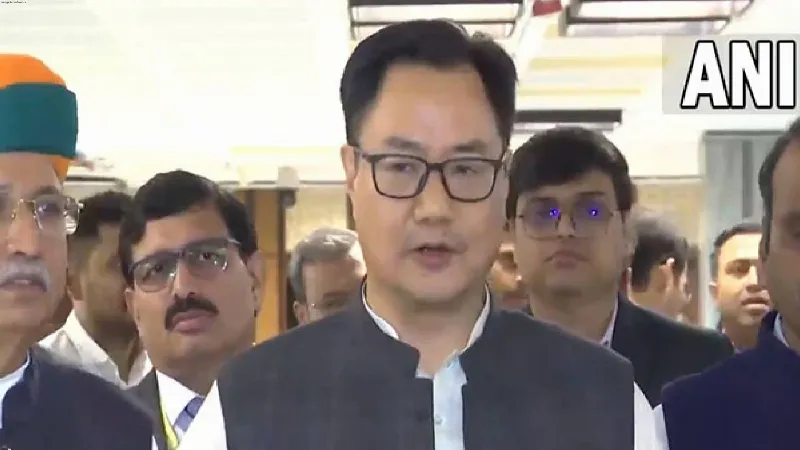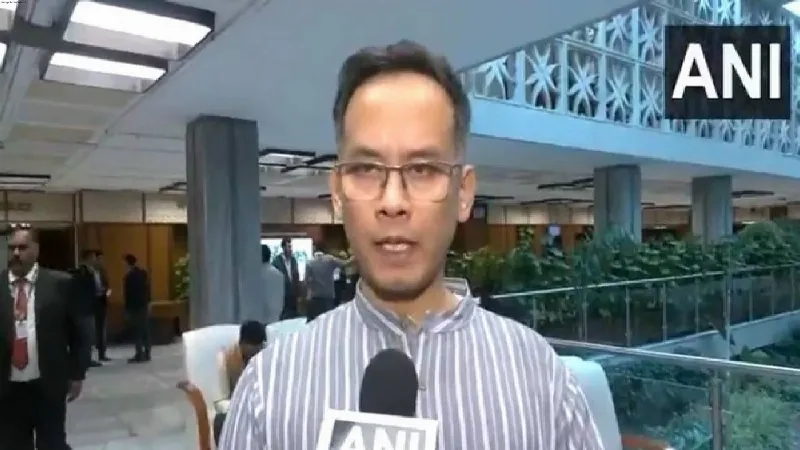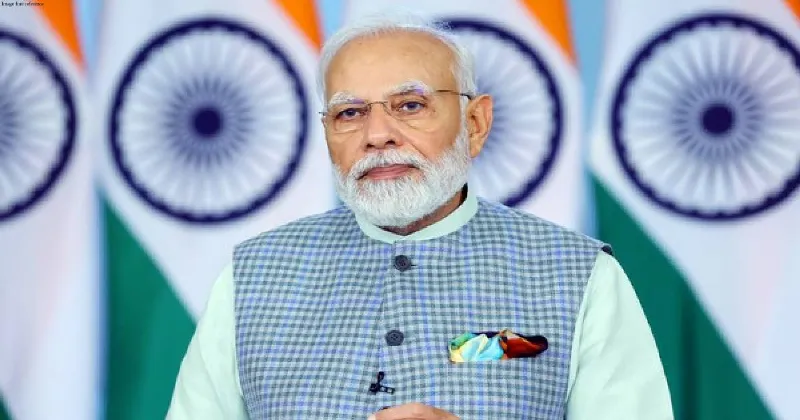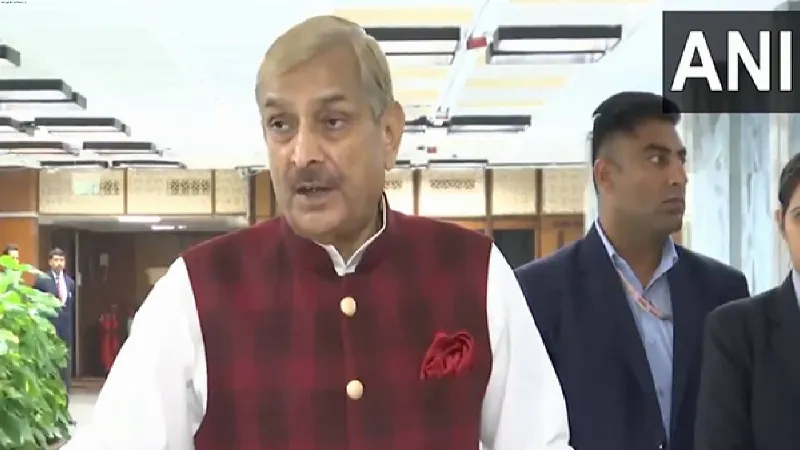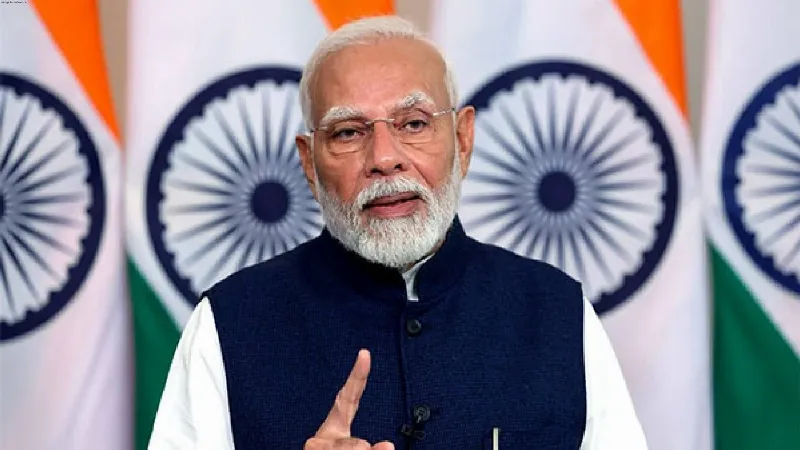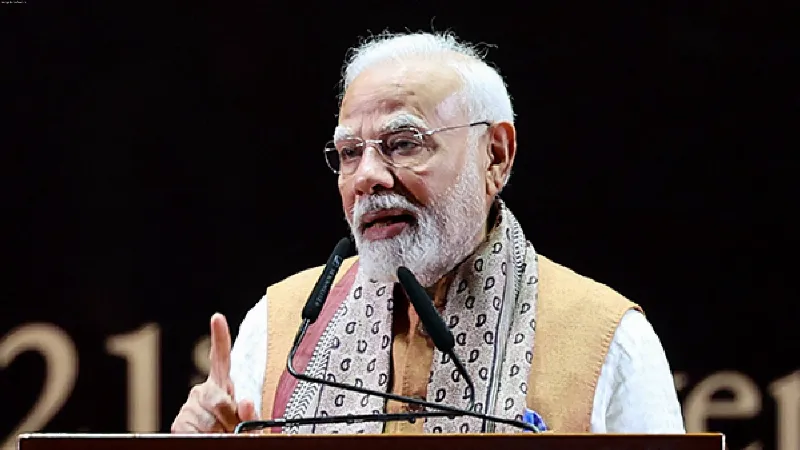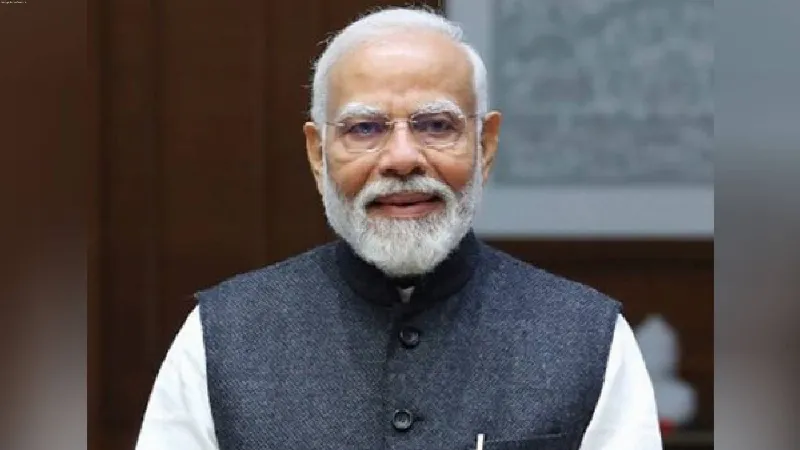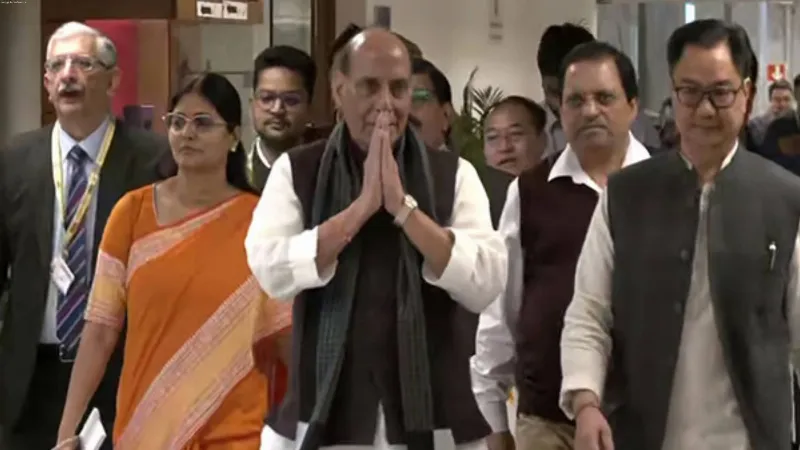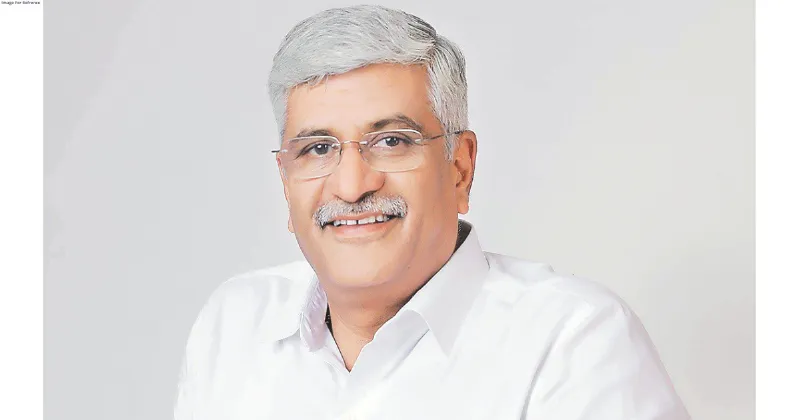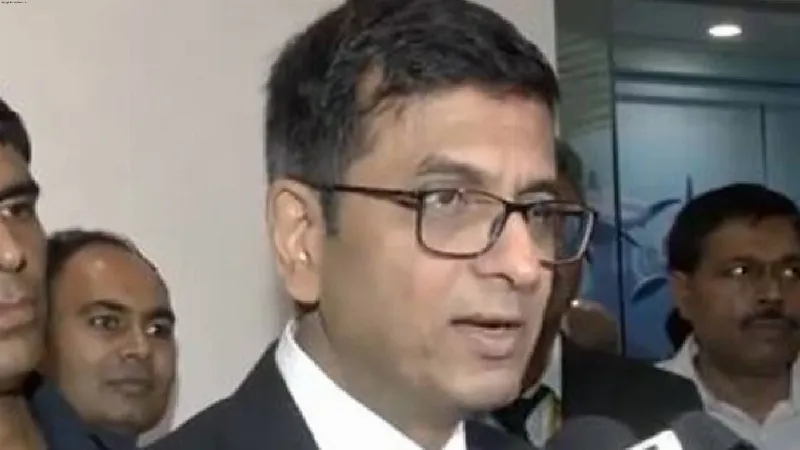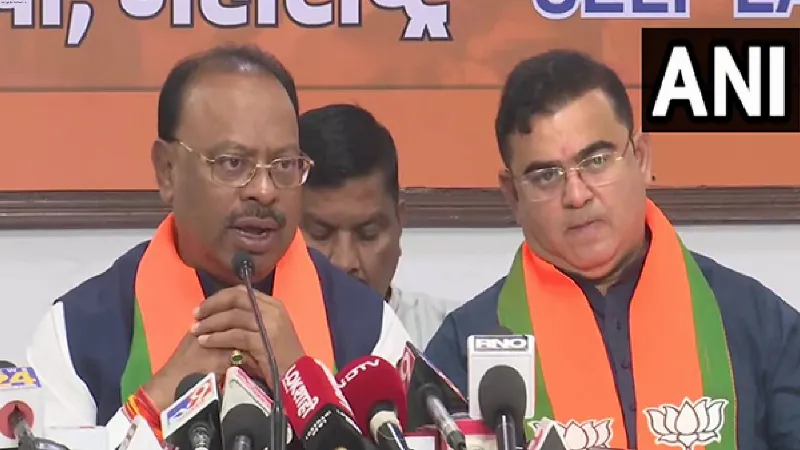Latest News
Indian Economy will grow at a rate of 7 pc on a sustained basis: Economic Survey
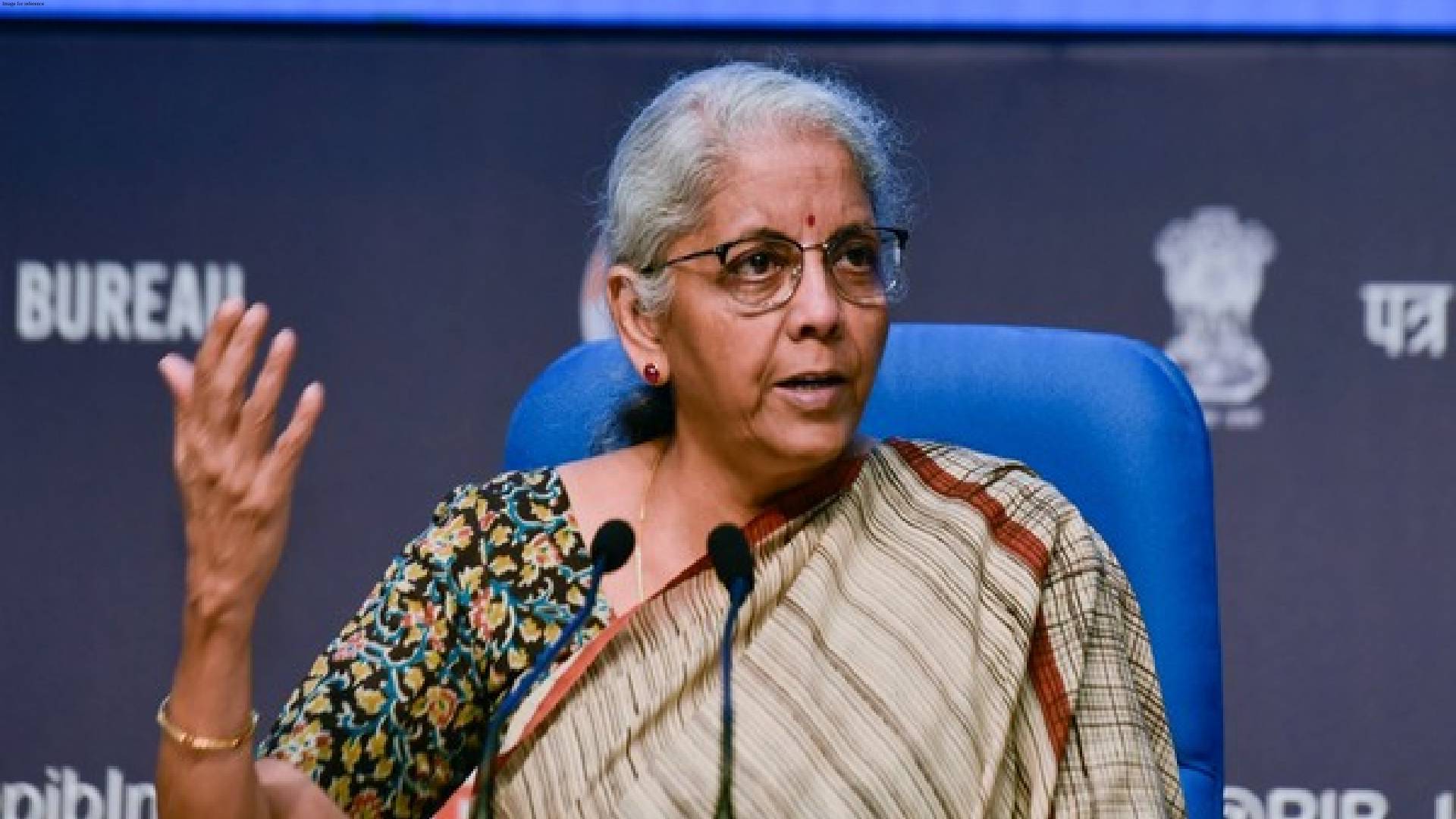
New Delhi: The economic survey presented in the Parliament by finance minsiter Nirmala Sithraman says in the medium term Indian economy can grow at a rate of 7 per cent.
The economic survey stated, "In the medium term, the Indian economy can grow at a rate of 7 per cent plus on a sustained basis if we build on the structural reforms undertaken over the last decade. This requires a tripartite compact between the Union Government, State Governments and the private sector."
Achieving a sustained growth rate of over 7 per cent will require a tripartite compact between the Union Government, State Governments, and the private sector.
India's financial sector is undergoing critical transformations. During FY24, primary capital markets facilitated capital formation of Rs 10.9 lakh crore, accounting for approximately 29 per cent of the gross fixed capital formation of private and public corporates in FY23.
The policy further adds India faces a unique blend of opportunities and challenges amid global trends such as geo-economic fragmentation, a push for self-reliance, looming climate change, the rise of technology, and limited policy space.
It suggests that the government's focus must shift to bottom-up reforms and strengthening governance to ensure that the structural reforms of the past decade result in strong, sustainable, balanced, and inclusive growth.
The growth strategy for the medium term, termed "Amrit Kaal," hinges on six critical areas. First, there must be a deliberate focus on boosting private investment.
Second, the growth and expansion of India's MSMEs (Mittelstand) should be a strategic priority.
Third, the potential of agriculture as an engine of future growth must be recognized, with policy impediments removed.
Fourth, securing the financing of India's green transition is essential. Fifth, bridging the education-employment gap is necessary.
Finally, focused building of state capacity and capability is required to sustain and accelerate India's progress.
The financial inclusion strategy has emphasized the usage of accounts through direct benefit transfers, promoting digital payments via RuPay cards, UPI, and more.
As the sector evolves, it must brace for potential vulnerabilities, requiring agile and flexible policy and regulatory interventions.
India's external sector has shown resilience, with the country's rank in the World Bank's Logistics Performance Index improving from 44th in 2018 to 38th in 2023.
The moderation in merchandise imports and rising services exports has narrowed India's current account deficit to 0.7 per cent in FY24.
Services exports grew by 4.9 per cent to USD 341.1 billion, driven largely by IT/software services and other business services.
Additionally, India remains the top remittance recipient globally, with remittances reaching USD 120 billion in 2023.
Despite these positives, challenges such as slowing global GDP growth and rising trade protectionism pose significant risks, necessitating efforts to boost India's export competitiveness.
The social sector is witnessing significant transformation, particularly in education and healthcare.
The New Education Policy 2020 is driving foundational literacy and numeracy for all children passing the third standard.
In healthcare, Ayushman Bharat has generated over 34.7 crore cards and covered 7.37 crore hospital admissions, saving over Rs 1.25 lakh crore in out-of-pocket expenses for poor families.
Effective governance and unclogging channels at the ground level are key to maximizing the impact of social programs.
India's labour market indicators have improved over the last six years, with the unemployment rate declining to 3.2 per cent in 2022-23. Rising youth and female workforce participation presents an opportunity to harness demographic and gender dividends.
The Government's flagship 'Skill India' program continues to boost employment and skill development. However, regulatory chokeholds related to land use, building codes, and employment restrictions need to be released to further enhance employment generation and raise women's labour force participation.
Agriculture remains a vital sector with significant potential for growth. Policies must align with climate imperatives and water security, promoting production patterns consistent with agro-climatic characteristics. Investment in technology, production methods, marketing infrastructure, and reducing post-harvest losses are crucial.
Initiatives like E-NAM, promoting Farmer Producer Organizations (FPOs), and allowing cooperatives to participate in agri-marketing can improve market infrastructure and price discovery.
The MSME sector, particularly industries with scattered production units like textiles, faces challenges in supply chain management, market access, and formalization. Support systems to develop MSME projects, targeted facilitation, easing compliance requirements, and government-industry-academia collaboration are essential.
R&D and innovation, along with vocational education, can help address skill shortages effectively. The services sector's emerging job demands require focused skills in areas such as AI, blockchain, cybersecurity, and more. However, the advent of AI might moderate India's services export growth, highlighting the need to enhance the tourism sector.
Upskilling through government and industry collaboration can enable India to become a high-value partner in specialized areas. Infrastructure development in India is predominantly public sector-led, necessitating higher private sector financing and resource mobilization.

